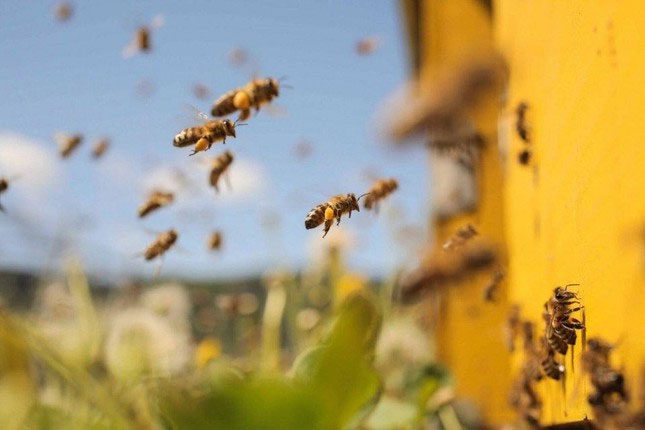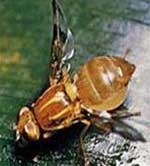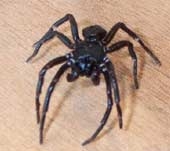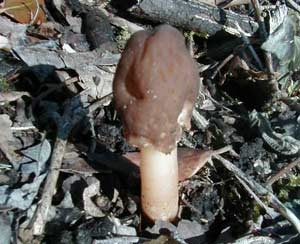A new study has found that thousands of male bees gather around “mating sites,” waiting for the queen bee to appear for mating.
Experts from the London and Rothamsted research centers at Queen Mary University utilized radar technology to track the flight paths of male bees searching for mates, revealing secrets about their mating behavior.
They discovered that male bees tend to congregate at aerial “mating sites,” waiting for the queen bee to arrive for mating.
The honeybee’s aerial “mating sites” are similar to the mating grounds of deer and grouse.
However, unlike deer or grouse, male bees often move between multiple “mating sites” while waiting for the queen, even though potential mates are rarely seen.
Researchers have long suspected that male bees typically gather in large swarms, sometimes reaching up to 10,000 individuals, with the common goal of mating with a queen in mid-air.

Scientists are still uncertain about how male honeybees locate these aerial “mating sites” to wait for the queen.
Previous analyses of this behavior in bees had used lures to attract the bees, raising suspicions that the large gatherings were due to these lures.
However, the new study employing radar technology to track male bees has demonstrated that the congregation at large swarms during mating is a natural behavior.
According to the researchers, queen bees are more difficult to track but are also attracted to the “mating sites” where thousands of male bees await for mating.
Currently, scientists remain unclear on how these aerial “mating sites” of honeybees are maintained across generations, allowing male bees to find them, especially since male bees emerge in the summer and only live for about 20 days, making it impossible for them to learn from previous generations.
“Our findings suggest that male honeybees identify the locations of the ‘mating sites’ shortly after their second flight without extensive searching. This indicates that male honeybees must possess the ability to receive the necessary guiding information to locate these sites. We are investigating this issue further,” said behavioral ecologist Lars Chittka from Queen Mary University in London.





















































